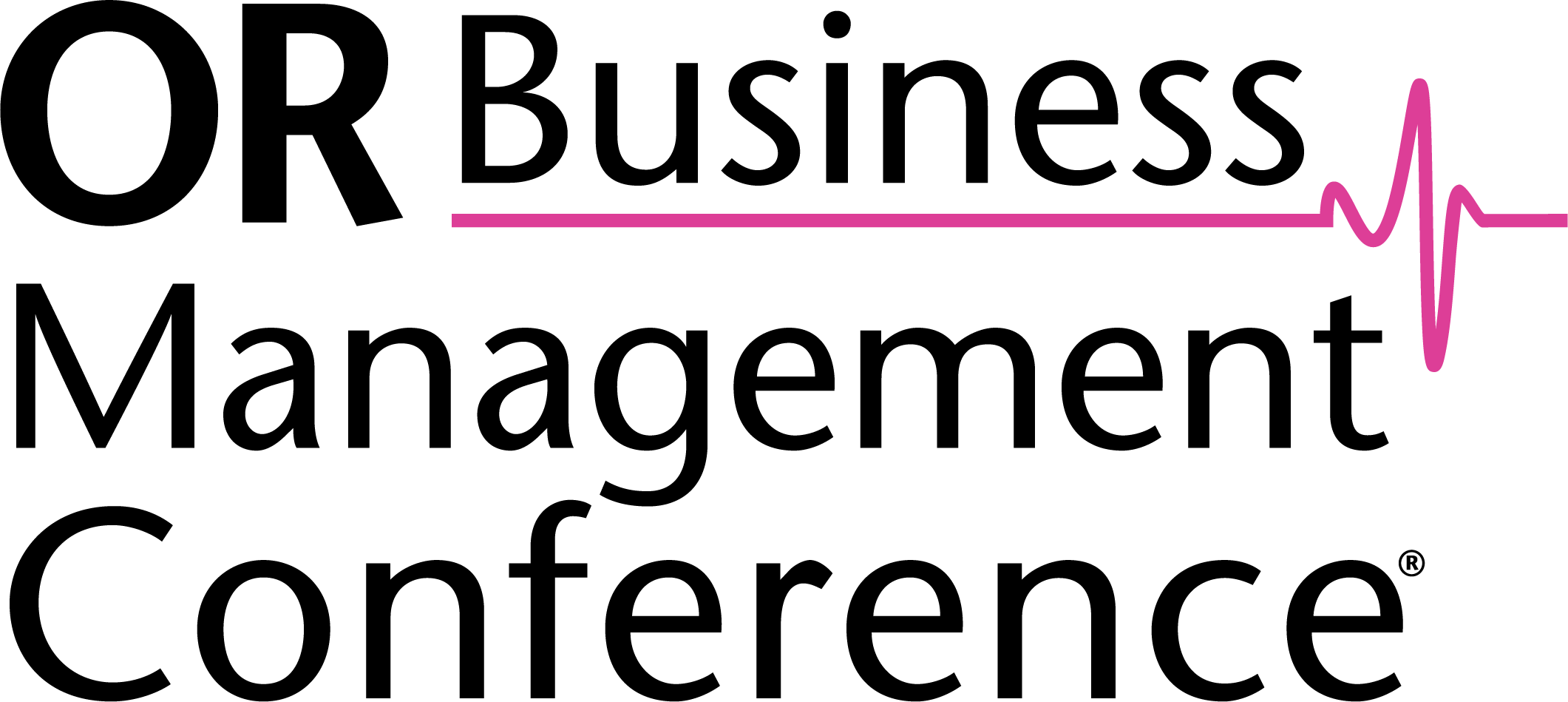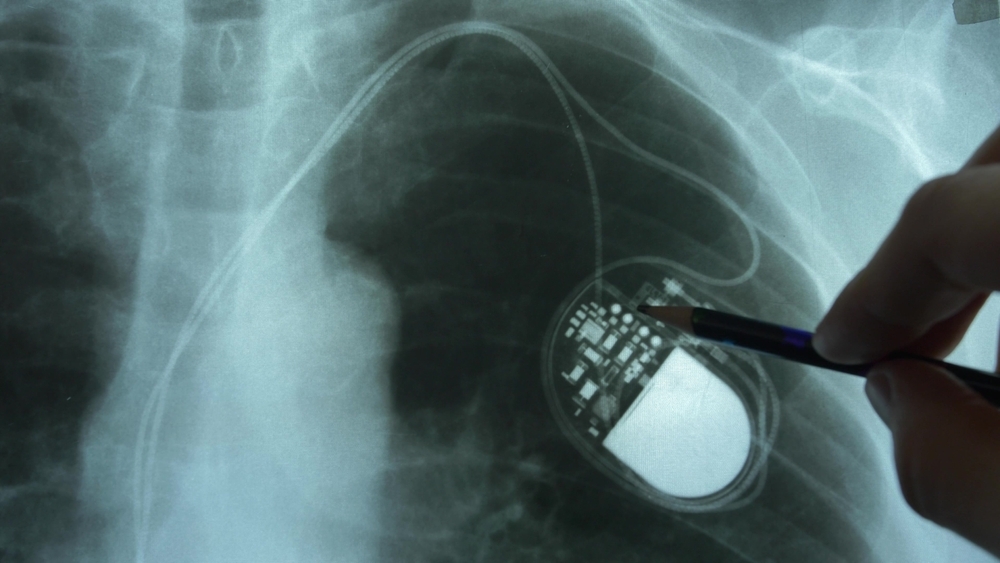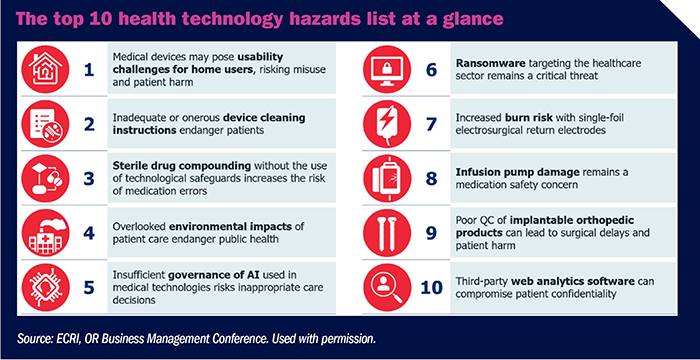Experimental brain implant translates thoughts to speech

Editor's Note A new brain implant could one day restore voices to those who can no longer speak, the Associated Press (AP) reported March 31. As detailed in the article, researchers have successfully tested the experimental brain-computer interface (BCI) on a 47-year-old woman with quadriplegia who lost the ability to…
Study: Arthroplasty implants linked to metal accumulation in cerebrospinal fluid

Editor's Note Arthroplasty implants may release metals that accumulate in the central nervous system (CNS), potentially contributing to neurotoxic effects, according to a study published March 28 in JAMA Network Open. Researchers found that patients with large joint replacements had significantly higher levels of cobalt, chromium, titanium, niobium, and zirconium…
Study: Miniature pacemakers for neonates, infants perform reliably for two years

Editor's Note Miniaturized pacemakers implanted in neonates and infants have demonstrated reliable performance for up to two years, with no unexpected device failures, according to a March 11 article in Healio. The research, published in Circulation: Arrhythmia and Electrophysiology, suggests that these modified pacemakers could offer a viable alternative for…
Man survives 100 days with artificial titanium heart, setting new milestone

Editor's Note An Australian man lived for 100 days with an artificial titanium heart, the longest duration recorded for a patient using the device, according to a March 12 report from CNN. The breakthrough marks a significant step toward using total artificial hearts as a long-term solution for patients with…
FDA designates Class 1 recall for pacemakers

Editor’s Note The US Food and Drug Administration (FDA) has designated Boston Scientific Corporation’s recall of Accolade Pacemaker devices a Class 1, the most severe category indicating serious risk of injury or death. According to the agency’s February 21 announcement, the recall was motivated by a manufacturing issue that could…
Session: Hoisting the Sails—Winning Strategies for Growing Service Lines in an ASC

Editor's Note In this session, Deb Yoder, MHA, BSN, RN, CNOR, CASC, vice president of facility development, Compass Surgery Partners, provided a comprehensive overview of selecting, implementing, and managing service lines in ambulatory surgery centers (ASCs) while considering factors such as block time utilization, staff readiness, equipment needs, financial viability,…
Why active implants demand proactive management

What happens when a surgeon uses the monopolar instrument set on 30-W coagulation mode to create an upper midline incision in a patient with a pacemaker? Pacemaker function is interrupted, causing a heart block that results in hemodynamic instability—or at least, this is what could happen without taking the necessary…
In-house 3D printing reduces hospital surgery times, costs

Editor's Note The medical 3D printing market is expected to double from $2 billion in 2022 to $4 billion by 2026, driven by customization, lower costs, and quick turnarounds, according to analysis from GlobalData. In a July 24 report on the analysis, Medical Device Network outlined this growth as well…
FDA: Surgical mesh mini-slings comparable to mid-urethral slings for stress urinary incontinence

Editor's Note Mini-slings for stress urinary incontinence (SUI) are similarly effective to mid-urethral slings over a 36-month timeframe, according to an April 11 announcement from the US Food & Drug Administration (FDA). FDA reached this conclusion after an in-depth, systematic literature review of post-market surveillance (“522”) studies required last year…
Unveiling ECRI’s 2024 top 10 health technology hazards list

What is the purpose of the top 10 health technology hazards list, released every year by ECRI? “Our number one goal at ECRI is to reduce preventable harm,” stresses Jason Launders, MSC, former director of operations, device evaluation, at ECRI. “We know that every healthcare provider has a lot they…

 Free Daily News
Free Daily News